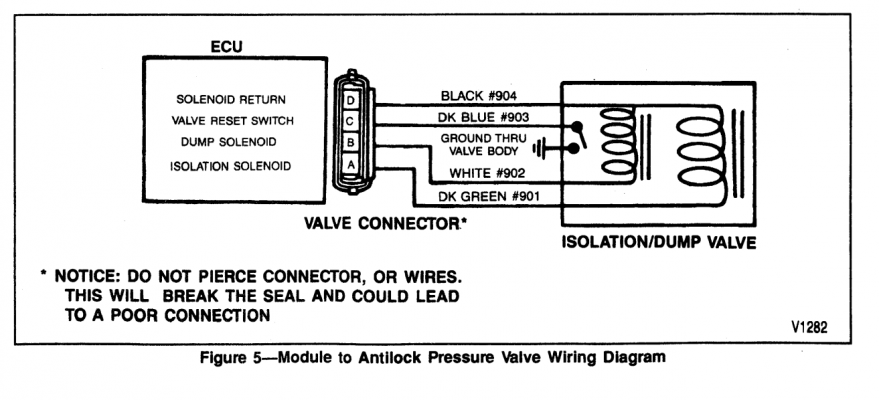Fireball5657
I'm Awesome
I was brainstorming how to bleed my new RWABS module on my '94 K1500 w/ JB5's. Of course I could use a scanner, but those are expensive and I don't know anyone nearby who has one; and I could use a gravel road to get my brakes to lock up, but I'd really like to not tear up my brand new tires; so what if I put my truck on a two post lift, got it up to speed (say 25 mph or so), then slammed on the brakes? The fronts won't be moving in 2WD, and if the new ABS module is working correctly, then the rear wheels will try to lock up, kicking in the ABS module and therefore bleeding the system. I do plan to have jack stands on the front and back crossmembers to make sure the momentum of the truck stopping doesn't break the lift or throw the truck forward. Has anyone tried this before or is this a really dumb idea? Thanks for any input!


